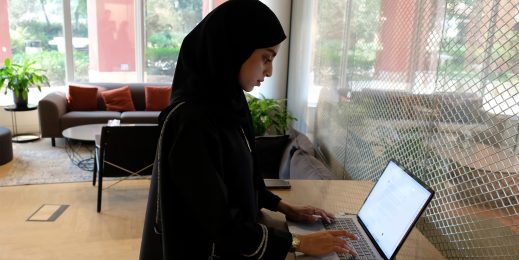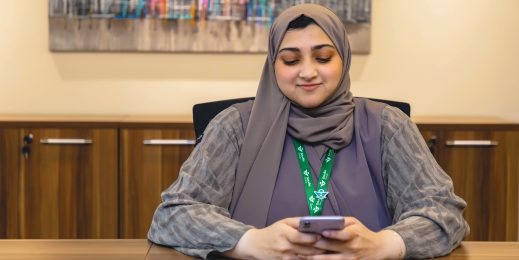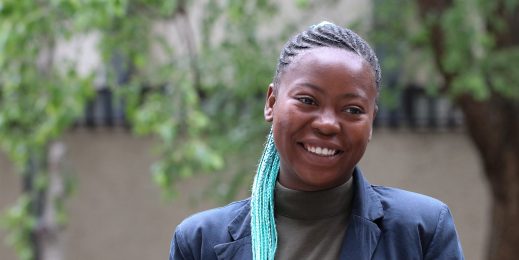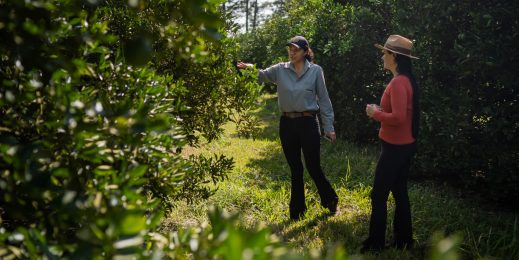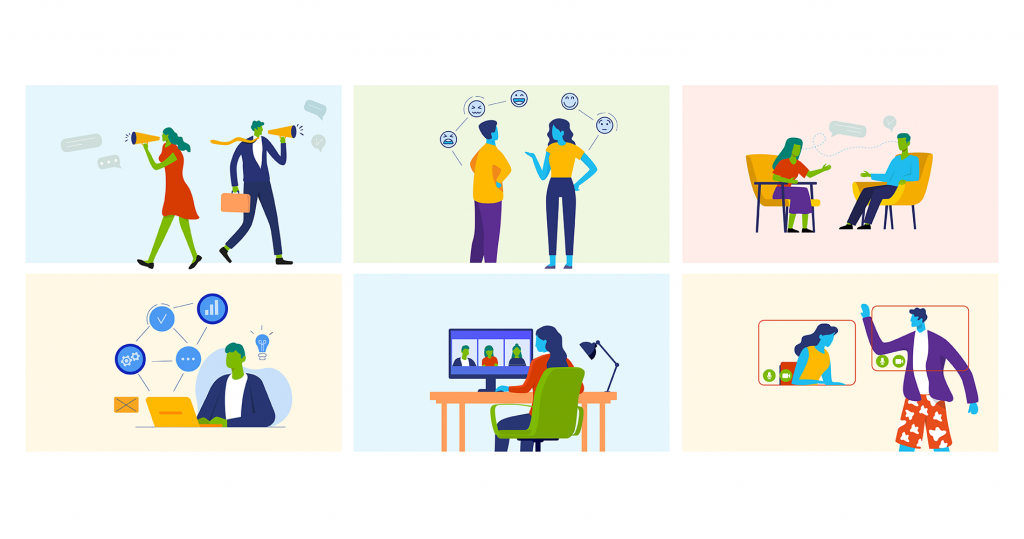
How are leading companies preparing employees for the world of hybrid work?
Empathy, active listening and flexibility will be essential
As some offices worldwide begin to welcome employees back to workplace sites, it does not mean a return to business as usual. Microsoft’s latest Work Trend Index report – a piece of research that draws insights from 30,000 workers worldwide as well as signals from Microsoft 365 and LinkedIn – shows we’re entering into a world of hybrid work.
The Work Trend Index also shows the last 18 months have taken a toll on many workers.
So, how are organizations navigating this challenging time? Microsoft recently hosted a virtual event exploring how HR and communications teams are working with leadership and engaging employees to help them feel empowered, balanced and energized.
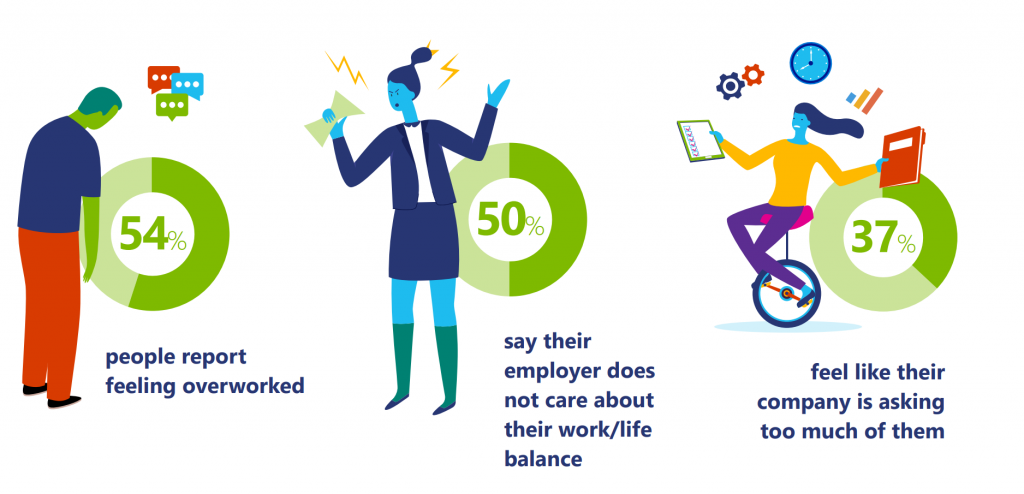
Selina Millstam, Vice President and Head of Talent Management, Ericsson
“When the pandemic hit, 90% of employees went to remote ways of working. It was swift. This move back is much more complex. This is our opportunity to embrace the future of work. Experimentation is fundamental to our approach in how we engage with employees.”
“We are really working with our leaders to ensure they are not just attuned to productivity but how people are feeling. To help build empathy we have built multiple employee personas that map to different professional and life situations, and we work with our leaders to help ensure people feel empowered to actively speak up.”
“With people so stretched, you have to make sure you’re giving people the right information at the right time and in the right way. And, you’ve got to be sure you’re presenting information in such a way where people are clear how changes will impact them.”
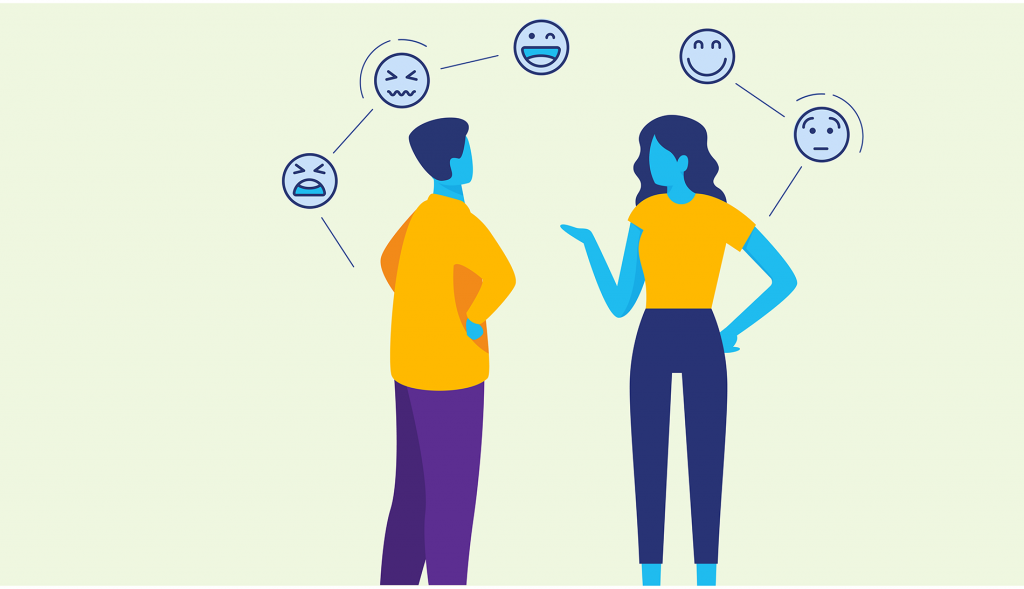
Duncan Cantor, global head of enterprise communications, Sandoz
“Creating a sense of psychological safety among our community is a priority. What is psychological safety? It’s the ability to say no, feeling comfortable speaking up, and feeling like you can take risks without fear of consequences. For us, it’s creating a workplace culture where speaking up is always the right thing to do – not agreeing or going along just to be a team player.
For many senior members of senior staff it calls for a new leadership style. To embrace when people say ‘no’ and ‘yes but’ – and recognize that candor is not a threat to their leadership.
 It’s also about moving to responding to things vs. reacting – with a heavy emphasis on listening. Building consensus is increasingly important. We are working with leaders to think fast but act slow. For many execs, being a good leader has been defined as making decisions, fast – and the power of gut instinct. So this is a big change.”
It’s also about moving to responding to things vs. reacting – with a heavy emphasis on listening. Building consensus is increasingly important. We are working with leaders to think fast but act slow. For many execs, being a good leader has been defined as making decisions, fast – and the power of gut instinct. So this is a big change.”
“We’re focused on building the listening skills of our leaders. With this change, we don’t want to move too quickly. We want changes to take hold. People only have the bandwidth to absorb so much. You can’t rush something like listening – it’s absolutely fundamental.”
Lisa Finnegan, vice president and international HR business partner, LinkedIn
“We’re embracing the non-linear workday – people should be able to block time in their days for exercise, childcare. As we return to the office, we need to be vigilant against presentism. We’ve introduced ‘core days’ – times when it’s valuable for teams to be together physically. We are also addressing customer road warriors – and supporting people’s preference for virtual customer meetings if health and safety are ever in question.”

Richard Beaven, future of work expert
“We have five generations in the workplace, each with a different set of needs, sensibilities. The emergence of hybrid work culture represents an opportunity to address bias – how people look, what people wear can become less of a focal point in a more virtual world. It’s key not to romanticize traditional office culture. What works for some doesn’t work for everyone. Women in the workforce have been disproportionately impacted by the pandemic – so this is a time to reassess to ensure a more inclusive environment.”
Diane Duperret, global head of corporate communications, Nespresso
“The pandemic has allowed us to reinvent ourselves and how we engage with our people. We now try new channels and approaches. When things don’t work, we learn and try something new. We are very transparent with employees, and they really appreciate this.”
“Our leadership team is really open with employees: Tell us what you need. We empower managers to help people work in a flexible way and prioritize.”
“If you want to build proximity to employees, you as a leader also have to be open to talking about what you are living. Admit you are human, and don’t be afraid to acknowledge that some days are a struggle.”
Anne Marie Kiernan, head of internal communications, Kellogg Company
 “We want to build an army of storytellers throughout the business.”
“We want to build an army of storytellers throughout the business.”
“We’re riding a big wave of change – we’re in a hybrid world, digitization is accelerating and employee demographics are changing. A few years ago 38% of our employees were millennials – now it’s 52%. So, we have to change too. These employees are social. They want a conversation. To more effectively engage with these employees, we invited millennial community members to partner with us to shape an ambassador family. We focus on providing these ambassadors with special training around storytelling and communications, including things like creating compelling video for social. Yammer has been a great channel for us to engage all of our community members – including millennials.”






